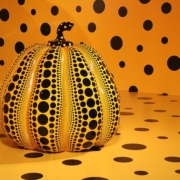Copywriting and Art: Where does one start and the other begin?
 As a
As a young man who still lives with his parents, I often retreat to the comfort and solitude of my bedroom to escape either Holby City, or the gentle bigotry one might expect from a couple of sexagenarians.
Last night this very predicament befell me. It was Channel 5’s delicately named: WORLD’S WORST JOURNEYS FROM HELL, which drove me upstairs to spend a couple of hours reading about Jean-Paul Sartre’s existential angst. Turns out, he’s not that fond of the mid-afternoon.
“Three o’clock. Three o’clock is always too late or too early to do anything you want to do. A peculiar moment in the afternoon. Today it is intolerable.”
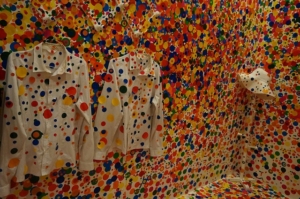
I then stumbled across a documentary about the life’s work of Japanese artist Yayoi Kusama. The slightly wayward but obvious genius of her work got me thinking: Is there any way the humble copywriter could claim their profession was an art form, or are copywriters the Cornish pasty to the artist’s fillet steak?
Well, speaking on behalf of all those Cornish pasties out there, I thought it was time to get a few things straight. So this, yes this, is how the humble copywriter is a veritable artist…
Table of Contents
BRUSH STROKES (PER MINUTE)
What’s that famous story about Ogilvy? Didn’t he take something like a month to come up with the line: “At 60 miles an hour the loudest noise in this Rolls-Royce comes from the electronic clock”? Now don’t get me wrong, that’s a lovely line, but some of us have bills to pay, and my extremely nominal rent (bills, all meals and a cup of tea in the morning included) will not pay itself.
The art of a freelance copywriter is to produce seamless copy which delights clients, nice and quickly, so you can earn a decent crust (that’s another pasty reference) come the end of the day. Life as a freelancer is not full of daytime jaunts to the beach or mid afternoon trips to the pub. It’s hard work. There are no paid holidays and you’re only remunerated for the work you do. So every minute counts.
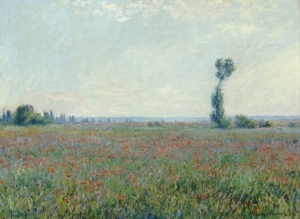
As in life, experience counts too. The art is to get through at least four pieces of work a day. To do this, you must quickly learn what each client and publication expects. You must also learn to wear plenty of different hats – literally, if you like, but also metaphorically. One minute you’re a business insolvency practitioner, the next, you’re an acclaimed Nigerian interior designer (true story).
It’s also essential you can let work go. Is that an art from? Well no, maybe not, but producing quality work instinctively, before second guessing yourself, probably is.
FORM

Form is not necessarily the primary concern of a copywriter; fulfilling the brief, producing accurate copy and keeping it nice and readable is more important, but once you’ve nailed the content, the shape of your copy does carry some weight.
People do not consume content online in the same way they read a book. Firstly, they scan the piece to see whether it’s going answer their questions before they delve any deeper. So, regular subheadings that get to the crux of each paragraph are a good start.
Next, keep your paragraphs nice and short. A big lump of text can look daunting and scare the reader away. So make your copy easy on the eye.
Finally, images. Pictures bring online content to life. They can be cute, funny, ironic, moronic – whatever, as long as they meet the brief and benefit the reader.
CONSISTENCY
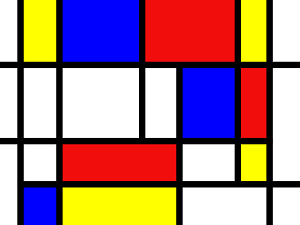
A gallery owner will only invest in an artist whose work is consistent. The same can be said for any online brand. When you’re paying good money for a couple of weekly blogs, you don’t expect some second rate twaddle, simply because the piece was written first thing on a Monday morning.
A gallery owner devotes valuable wall or pedestal space to displaying art, and spends advertising revenue informing potential clients about the work. An online brand relies on a copywriter to be their voice; to speak to their customers in such a way that keeps them coming back for more. This faith must be repaid with consistent, high quality content or the client will look elsewhere.
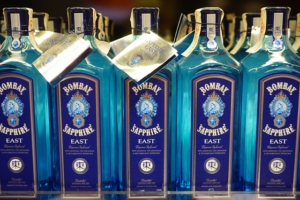
DEPENDENCY
Drugs and alcohol are the cruel engine of many an artists’ creativity. I can’t speak for other copywriters, but personally, I’m partial to a gin. Chin chin!
About the author: Nathan Hartzenberg

Nathan is the co-founder of To Your Heart’s Content. He writes hot copy for discerning clients. Aside from long spells of warm weather and bicycles, he also enjoys televised sport.

